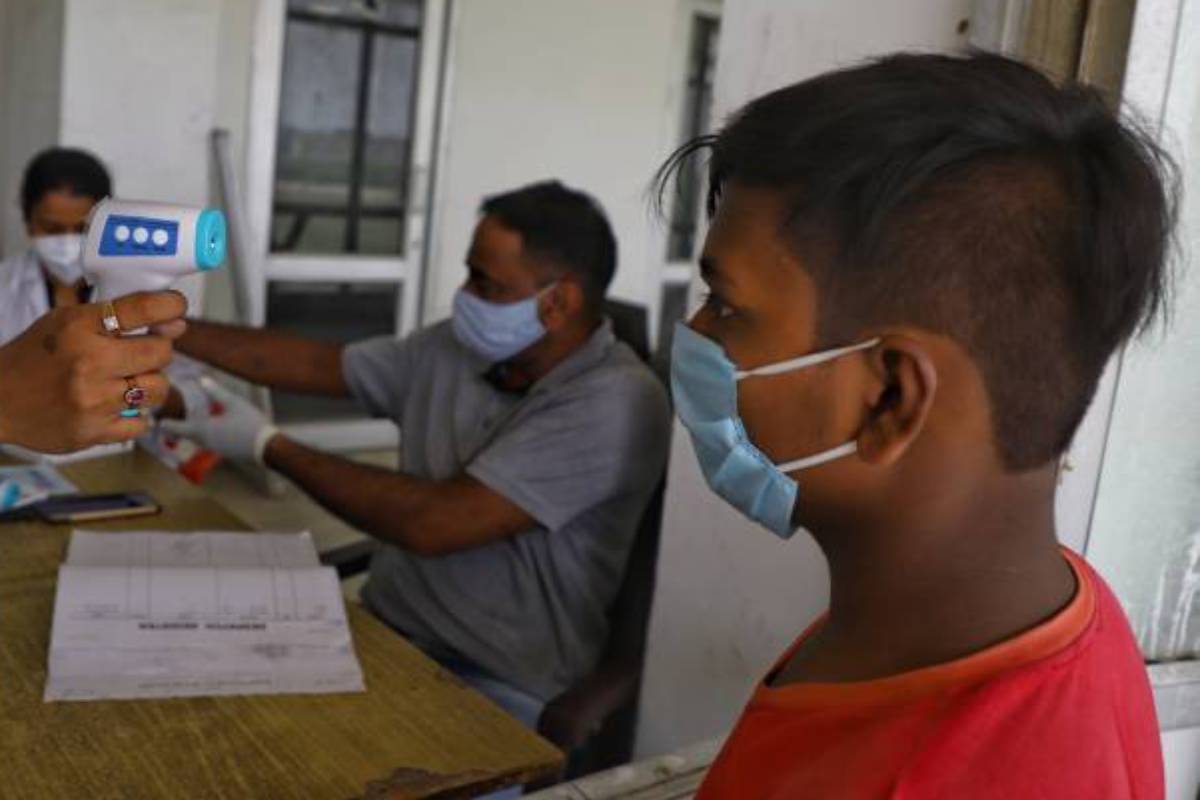PM Modi on 3-day visit to 3 states–MP, Bihar, Assam–from Sunday
According to the Prime Minister’s Office (PMO), the Prime Minister will visit Madhya Pradesh, Bihar and Assam from February 23-25.
Without safeguaring the interest of the migrant workers, it will be a futile excercise to think of any step to uplift any economic sector. A recent study has some stratling revelations.

representational image [Photo : iStock]
The COVID19 pandemic has, beyond doubt, exposed the complete lack of social protection for migrant workers from Bihar, who have been the backbone of key economic sectors of the nation.
Migrant workers and the income they earn are also critical to the welfare of large numbers of rural households.
The lack of portability of safety nets such as subsidised food through the PDS and the absence of social insurance mechanisms such as MNREGA in urban areas stand out as key areas for future policy reforms.
These are one of the key findings from a survey of over 16,00 households in 12 villages covering 7 districts of Bihar. These districts are Gaya, Gopalganj, Madhubani, Nalanda, Araria, Purnia and Rohtas.
The survey was conducted between October 2020 and June 2021 with a sample of 1613 households in 12 villages across 7 districts. The study mainly focused on how different sources of a household’s livelihood were impacted and how far they benefited from the measures of Government support.
This survey is based on a study undertaken by Delhi based Institute of Human Development ( IHD) in collaboration with Australia’s Monash university in 2020-21. Three main researchers of this project are- Gaurav Datt from Monash university and remaining two- Swati Dutta and Sunil K Mishra from IHD Delhi.
The study was funded by the International Growth Centre and jointly conducted by the Centre for Development Economics and Sustainability and IHD.
The nationwide lockdown was announced on March 24 2020 with a four hour notice, leaving large sections of migrant workers in a very precarious position with their livelihoods lost and no means of public transport to get back home.
Talking to The Statesman, Dr Amrita Datta, who is assistant professor of Development Studies at the IIT Hyderabad, and visiting fellow at the IHD said that about 55% households in Bihar have at least one migrant labour. More than 90% of migrant workers work outside Bihar.
Datta has authored her latest well documented book “ Migration and Development in India- The Bihar Experience (2023) in which she has talked about the major destination areas for migrant workers from Bihar are Mumbai, Delhi, Punjab, Haryana, Gujarat and Karnataka.
“The data also reveals certain migration corridors, for instance Rohtas- Gujarat, Madhubani- Delhi, Madhubani- Mumbai, Purnia/ Araria- Punjab, Araria- Himachal Pradesh and Madhubani- Bangalore” , she said.
Datta has been closely following the migration pattern of Bihar since 2009 while working as a research programme on Inclusive development at IHD led by Gerry Rodgers and Alakh N Sharma.
Advertisement
Advertisement